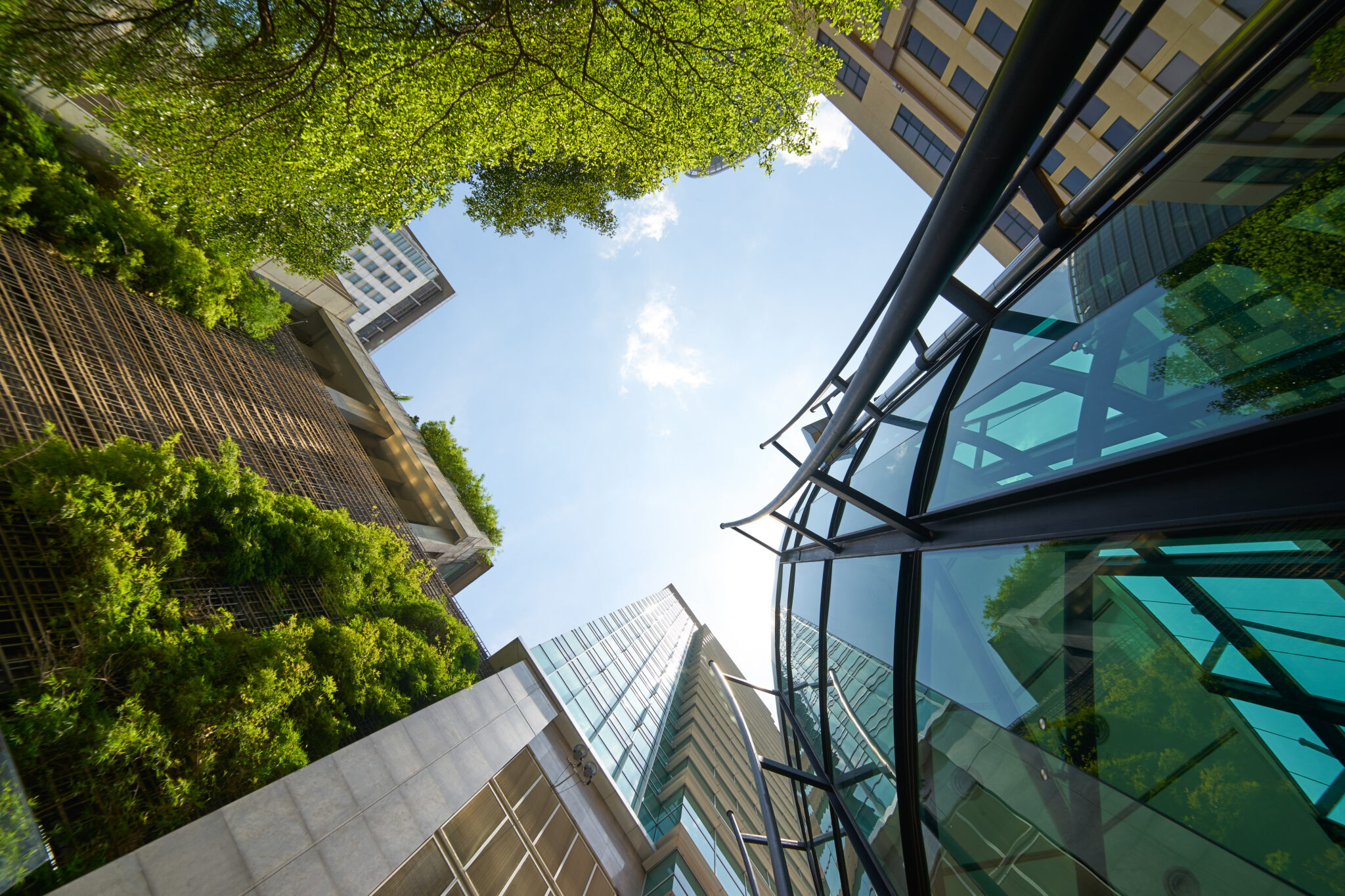
Back in February 2021, we shared a blog outlining how the green agenda will affect the UK property market, so it is timely that we revisit this topic and provide an update.
With the highest recorded temperatures in Europe last year and the built environment accounting for 40% of global greenhouse gas emissions, which has the potential to double by 2050 if we don’t act now, it has never been more pressing for the construction and development sector to address the environmental impact of building.
In this blog, we take a closer look at the emerging trends in green property, including sustainability, becoming an increasing priority for decision makers, the achievability of affordability, and how green property can offer benefits for all parties.
Sustainability is an increasing priority
In its Return on Sustainability report, JLL revealed that “investors and occupiers are increasingly using a climate-risk lens when considering new markets to migrate to and buildings to occupy, buy or sell.” In a recent survey they found that 78% of investors believe climate risk is a financial risk and 79% of occupiers anticipate lowering carbon emissions will be part of their corporate strategy by 2025, which shows that sustainability is an increasing priority for decision makers.
The reason for this is that developers and investors need to respond to climate change before tenants start demanding these changes. JLL’s report also outlined that anecdotal evidence suggested buyer pools are shrinking if a seller doesn’t have the right data in terms of moving towards net-zero.
Green property can be achievable for all
From green homes to electric cars, there is often the misconception that sustainable alternatives are unaffordable, but that isn’t always the case. For instance, one of the projects leading the way in terms of green construction is MARK, a new complex of approximately 1,200 apartments in Utrecht, Netherlands, which is set for completion in 2023. The proposed carbon-neutral development will offer greenhouses for residents to grow their own food, an electric car-sharing service and the entire building will be powered by solar energy. The vision is to ensure the homes are affordable to most people, as well as providing low-income social housing, showing that sustainability and affordability are not mutually exclusive. As we progress further in making the built environment greener, it is vital to consider affordability as this is a necessary factor in making progress more widespread.
Mutual benefits to developers, investors and residents
While it is important to address the environmental impact of existing buildings, eco-homes are designed with a low carbon footprint in mind. The combination of renewable energy sources, energy efficiency, local and sustainable construction materials and smart technology will mean a lesser impact on the environment.
Green property can have benefits for developers as local materials can reduce build time and costs. There are also money-saving incentives for the residents themselves who can save on average 30 per cent on energy bills, which at a time when energy bills are set to skyrocket, this is more important than ever. The rise of green mortgages, with many European banks now offering more favourable mortgage rates to those buying energy efficient property, is another benefit. It is a similar story for investors as according to a report by Dalton and Fuerst, “green certifications result in a rent premium of 6% and a sales premium of 7.6%” meaning sustainable property delivers strong returns on investment.
GRE Assets has been delivering high quality, well connected homes in the UK and Spain since 2006.







